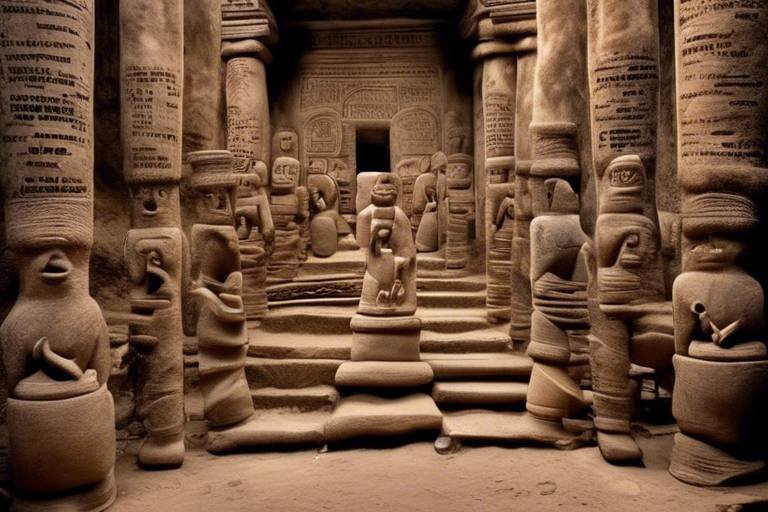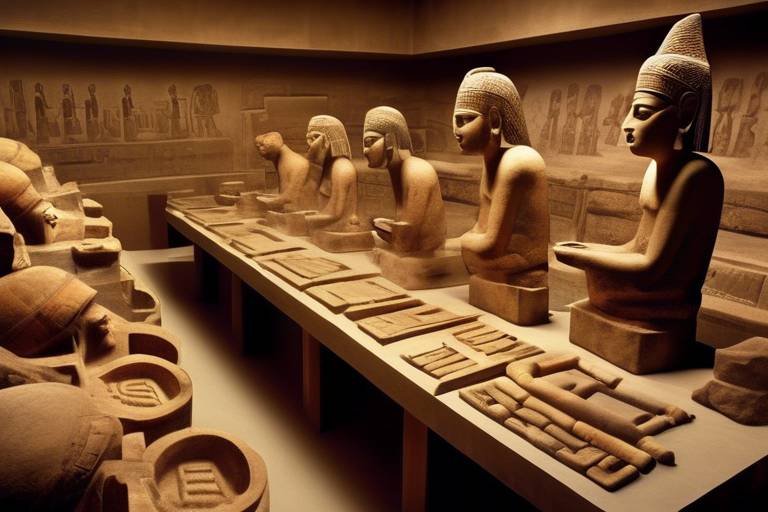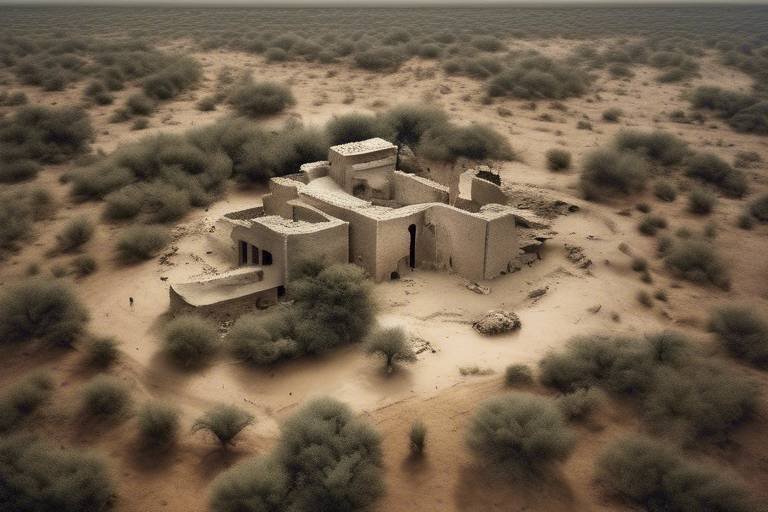The Legacy of Ancient Civilizations on Modern Engineering
Ancient civilizations have left an indelible mark on modern engineering practices, serving as a wellspring of inspiration and innovation for contemporary technological advancements. By delving into the engineering feats of civilizations long past, we unearth a treasure trove of knowledge that continues to shape the way we build, design, and manage our world today.
From the innovative construction techniques of the Romans and Egyptians to the architectural design influences of the Greeks and Mayans, ancient civilizations laid the foundation for the structures we marvel at in the present day. Their mastery of materials and methods has stood the test of time, with many of their techniques still being utilized in modern construction projects.
Furthermore, the sophisticated water management systems devised by civilizations like the Indus Valley and Mesopotamia showcase a deep understanding of hydraulic engineering that has informed contemporary practices in irrigation and flood control. The intricate network of canals and reservoirs they engineered continues to inspire sustainable water management solutions.
When we consider the road and transportation networks established by ancient societies such as the Incas and Persians, we witness the blueprint for today's complex infrastructure developments. The strategic planning and engineering prowess required to connect vast territories have left a lasting legacy on modern transportation systems.
Moreover, the astronomical knowledge of civilizations like the Babylonians and Chinese has not only enriched our understanding of the cosmos but also contributed to advancements in modern engineering applications. Their celestial observations and calculations have informed the design of structures aligned with astronomical phenomena.
The urban planning principles of civilizations like the Romans and Egyptians offer valuable insights into the organization of cities and public spaces. By studying their layouts and infrastructure designs, contemporary urban planners can draw inspiration for creating more livable and sustainable urban environments.
Ancient civilizations also excelled in innovations related to structural stability, as seen in the engineering marvels of the Chinese and Aztecs. Their architectural achievements, characterized by intricate designs and durable materials, continue to influence modern approaches to ensuring the safety and longevity of buildings.
Lastly, the sustainable engineering practices of civilizations like the Incas and Native Americans serve as a beacon for environmentally friendly solutions in the present day. Their harmonious relationship with nature and resource-efficient technologies offer valuable lessons for achieving sustainable development goals.
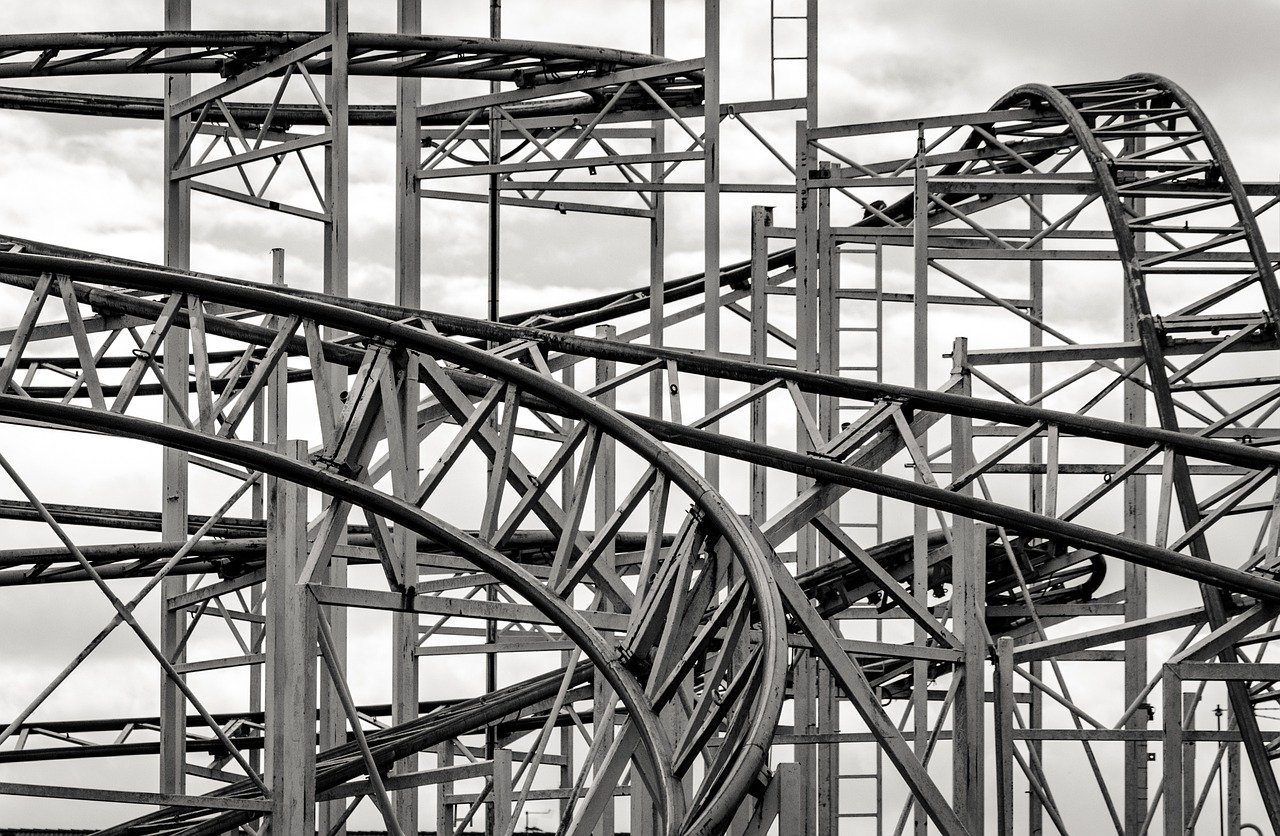
Innovative Construction Techniques
When we delve into the realm of innovative construction techniques, we are met with a fascinating tapestry of ancient ingenuity that continues to shape modern engineering practices. The Romans, known for their mastery in architecture, introduced the concept of concrete, a material still widely used today for its durability and versatility. Similarly, the Egyptians astounded the world with their advanced knowledge of pyramid construction, showcasing precise engineering techniques that remain a marvel to this day.
Moreover, the Greeks left a lasting impact on architectural design through their development of the column and beam system, a fundamental aspect of structural engineering. This ingenious method not only provided support for monumental structures but also influenced the evolution of modern building techniques, emphasizing both strength and aesthetic appeal.
Examining the Mayans' innovative approach to construction reveals intricate methods of utilizing limestone and mortar to create intricate structures like temples and pyramids. Their expertise in architectural acoustics and water management further demonstrates a deep understanding of engineering principles that continue to inspire contemporary builders.
As we navigate through the annals of history, it becomes evident that ancient civilizations were pioneers in construction, laying the foundation for present-day engineering marvels. The amalgamation of creativity, precision, and resourcefulness displayed in their techniques serves as a testament to the enduring legacy of their contributions to the field of engineering.

Architectural Design Influences
Exploring how ancient civilizations' engineering feats influence and inspire modern engineering practices, innovations, and technologies.
Architectural design has always been a cornerstone of civilization, with ancient cultures like the Greeks and Mayans setting the stage for modern building structures. The intricate columns of ancient Greek temples, such as the Parthenon, have influenced the design of countless modern buildings, showcasing a timeless elegance and structural integrity that continues to inspire architects today. Similarly, the Mayans' advanced knowledge of geometry and astronomy is evident in the precise alignment of their temples and pyramids, serving as a blueprint for contemporary architectural marvels.

Water Management Systems
Water management systems developed by ancient civilizations have had a profound impact on the way modern engineering approaches water resource management. The innovative techniques employed by civilizations such as the Indus Valley and Mesopotamia continue to influence and inspire contemporary water infrastructure projects worldwide. These ancient societies demonstrated remarkable foresight in harnessing the power of water for irrigation, sanitation, and urban development.
The Indus Valley civilization, dating back to around 3300–1300 BCE, is renowned for its sophisticated water management systems, including intricate networks of canals and reservoirs. These systems enabled efficient agricultural practices and sustained large urban centers like Mohenjo-Daro and Harappa. The Mesopotamians, on the other hand, utilized advanced irrigation methods, such as the use of levees and canals, to support their agricultural activities in the fertile crescent.
By studying the engineering marvels of these ancient civilizations, modern engineers have gained valuable insights into sustainable water management practices. The principles of water diversion, storage, and distribution developed thousands of years ago are still relevant today, guiding the design of reservoirs, dams, and irrigation systems that ensure the efficient use of this vital resource.
Moreover, the innovative approaches to water management employed by ancient civilizations serve as a testament to human ingenuity and adaptability in the face of environmental challenges. The intricate systems devised by these early societies showcase a deep understanding of hydrology and a commitment to utilizing water resources in a responsible and efficient manner.
As we continue to face pressing water scarcity issues and the need for resilient infrastructure, the lessons learned from ancient water management systems remain invaluable. By drawing inspiration from the engineering achievements of our predecessors, we can develop sustainable solutions that address the evolving water challenges of the modern world.
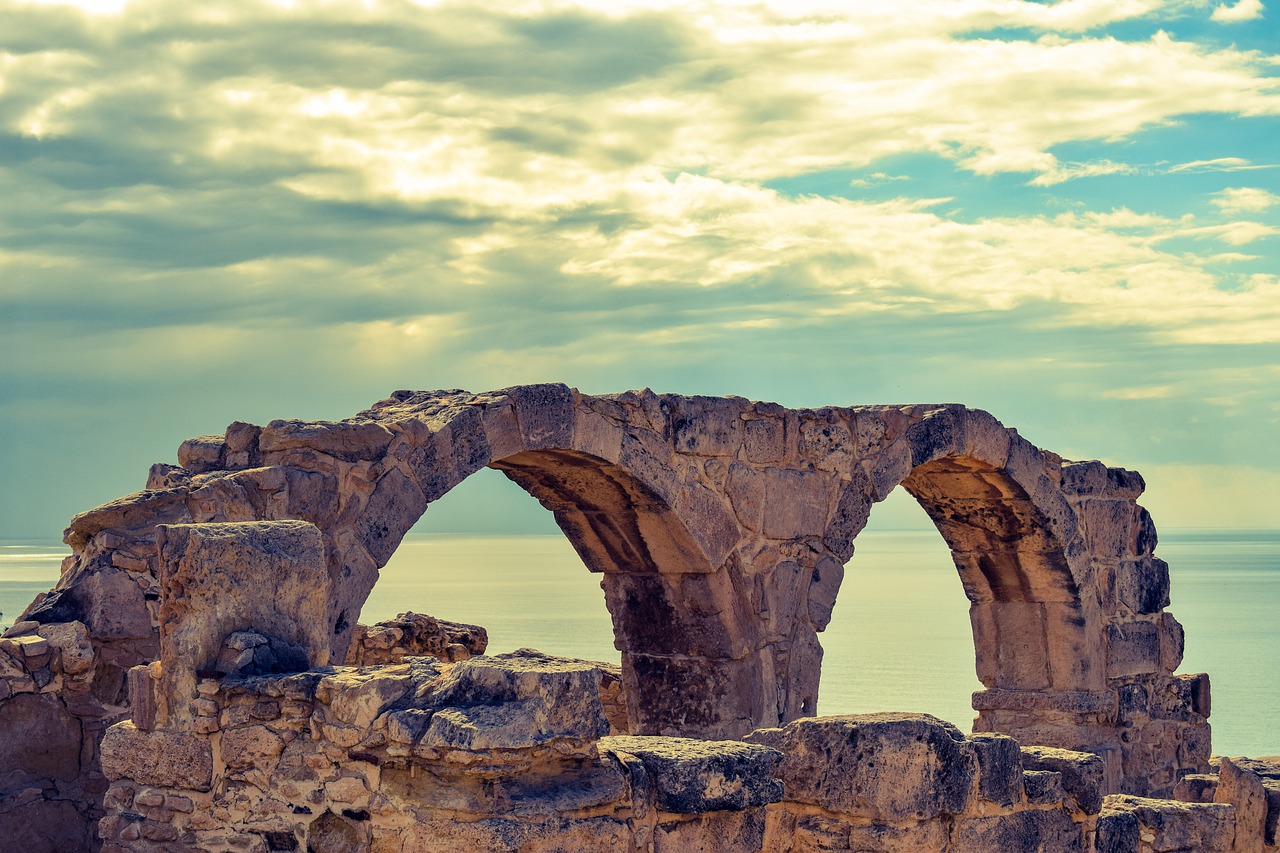
Road and Transportation Networks
Ancient civilizations have left a lasting legacy on modern engineering, with their road and transportation networks playing a crucial role in shaping contemporary infrastructure development. The intricate networks built by civilizations like the Incas and Persians continue to influence how modern societies approach transportation and connectivity. These ancient road systems were not merely pathways for travel but also served as symbols of power, trade routes, and strategic military assets.
The Inca Empire, known for its advanced network of roads spanning thousands of miles, showcased remarkable engineering skills by constructing roads that traversed diverse terrains, including mountains and valleys. These roads were meticulously planned and built to withstand natural elements and ensure efficient communication and transportation across the empire. Similarly, the Persians developed an extensive network of royal roads that facilitated trade and communication throughout their vast empire, setting a precedent for long-distance travel and logistical efficiency.
By studying the road and transportation networks of ancient civilizations, modern engineers gain valuable insights into effective route planning, infrastructure durability, and the strategic placement of transportation hubs. The innovative approaches to road construction and maintenance employed by these ancient societies serve as a testament to their foresight and ingenuity, inspiring present-day engineers to push the boundaries of transportation technology and connectivity.

Astronomical Knowledge and Engineering
Astronomical knowledge has been a cornerstone of ancient civilizations, shaping not only their beliefs and cultures but also their engineering practices. Civilizations like the Babylonians and Chinese were pioneers in understanding celestial movements and incorporating this knowledge into their architectural and engineering endeavors. The Babylonians, for instance, developed advanced astronomical techniques to predict celestial events, which influenced the layout and orientation of their structures. Similarly, the Chinese used astronomical observations to align their buildings with the stars, showcasing a deep connection between the cosmos and engineering.
One fascinating aspect of ancient astronomical knowledge is its impact on the development of calendars and timekeeping systems. The precise tracking of celestial bodies allowed civilizations to create calendars that guided agricultural activities and societal events. The Mayans, known for their sophisticated calendar systems, integrated astronomical data into their architectural designs, such as the famous Mayan pyramids aligned with celestial events like solstices and equinoxes.
Moreover, the astronomical expertise of ancient civilizations extended beyond mere observation, influencing the construction of monumental structures with remarkable precision. The alignment of structures like Stonehenge with astronomical phenomena demonstrates the intricate relationship between ancient engineering and celestial understanding. By harnessing astronomical knowledge, these civilizations not only created awe-inspiring monuments but also laid the groundwork for modern engineering principles rooted in precision and alignment.
Furthermore, the legacy of ancient astronomical knowledge continues to inspire modern engineering applications. From the design of space exploration missions to the development of satellite communication systems, the principles derived from ancient civilizations' celestial observations remain integral to contemporary engineering practices. By studying the astronomical achievements of our predecessors, engineers today can draw upon a rich history of innovation and ingenuity to propel technological advancements into the future.
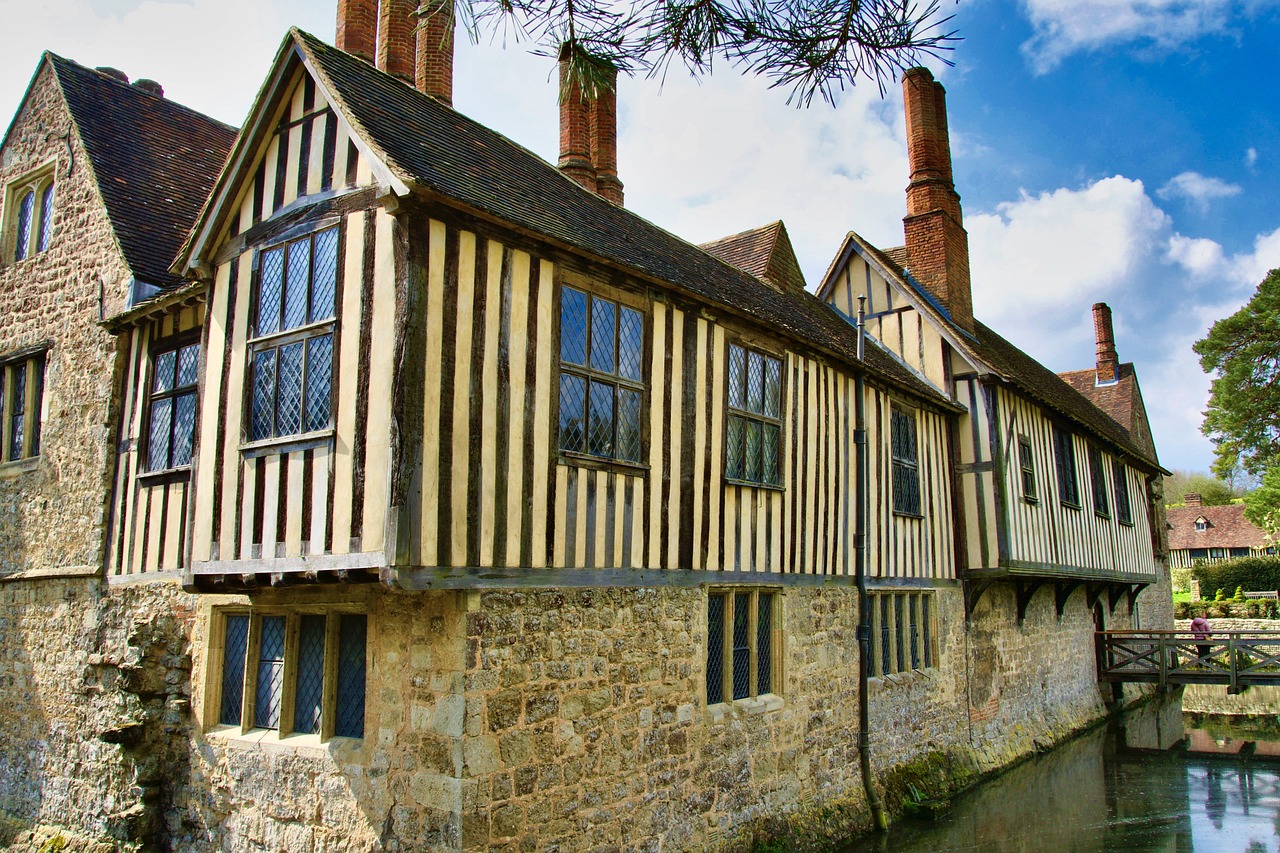
Urban Planning Principles
Urban planning principles have been deeply influenced by the innovative strategies employed by ancient civilizations such as the Romans and Egyptians. These ancient societies laid the groundwork for modern city design through their meticulous organization of infrastructure and public spaces. The Romans, known for their advanced system of roads, aqueducts, and public baths, set a precedent for efficient urban development that is still admired today. Similarly, the Egyptians' architectural prowess in constructing monumental structures like the pyramids showcased their mastery in spatial planning and design.
One of the key urban planning principles derived from ancient civilizations is the concept of zoning, which involves dividing a city into different functional zones such as residential, commercial, and industrial areas. This zoning strategy, first implemented by the Greeks in their city-states, helps in optimizing land use and minimizing conflicts between different activities within urban areas. By segregating these zones, ancient civilizations were able to create organized and sustainable urban environments that catered to the diverse needs of their populations.
Ancient urban planners also emphasized the importance of public spaces and green areas within cities. The Mayans, known for their advanced knowledge of astronomy and mathematics, incorporated open plazas and ceremonial centers into their urban layouts to foster community gatherings and cultural activities. These public spaces served as focal points for social interaction and communal events, promoting a sense of unity and cohesion among residents.
Furthermore, the urban planning principles of ancient civilizations like the Mesopotamians and Chinese prioritized the integration of water management systems into city design. The Mesopotamians, with their sophisticated irrigation techniques, created a network of canals and reservoirs to ensure a sustainable water supply for their cities. Similarly, the Chinese implemented intricate drainage systems and water conservation methods to mitigate flooding and protect urban areas from water-related disasters.
In essence, the urban planning principles established by ancient civilizations continue to shape modern city development by emphasizing the importance of efficient infrastructure, functional zoning, public spaces, and sustainable water management. By drawing inspiration from the innovative strategies of the past, contemporary urban planners strive to create livable, vibrant, and resilient cities that meet the evolving needs of society.

Structural Stability Innovations
Ancient civilizations like the Chinese and Aztecs were pioneers in developing innovative techniques to ensure the structural stability of their architectural marvels. The Chinese, known for their advanced knowledge of wooden structures, created intricate systems of interlocking wooden beams that distributed weight evenly, preventing collapses and ensuring longevity. Similarly, the Aztecs ingeniously utilized materials like volcanic stone to construct resilient buildings and temples that stood the test of time amidst seismic activities.
Furthermore, the utilization of arches and domes by civilizations such as the Romans and Byzantines showcased significant advancements in structural stability. The Romans' mastery of concrete allowed them to create expansive structures like the Pantheon, utilizing the strength of the arch to support massive domes. This architectural innovation not only provided stability but also influenced modern engineering designs, with arches and domes remaining integral components of structural integrity in contemporary buildings.
In addition to architectural elements, the Aztecs' use of earthquake-resistant construction methods, such as flexible foundations and shock-absorbing materials, demonstrated a deep understanding of structural stability in challenging environments. Their ability to adapt to seismic conditions and mitigate potential damage set a precedent for modern earthquake engineering practices, emphasizing the importance of structural resilience in the face of natural disasters.
Moreover, the incorporation of buttresses by Gothic architects in medieval Europe exemplified a strategic approach to enhancing structural stability in towering cathedrals. By dispersing lateral forces and providing additional support to walls and columns, buttresses revolutionized architectural design by ensuring the structural integrity of monumental buildings, setting a precedent for future engineering innovations.
Overall, the structural stability innovations of ancient civilizations continue to inspire modern engineering practices, emphasizing the importance of incorporating time-tested techniques and innovative solutions to create resilient and enduring structures that withstand the test of time.
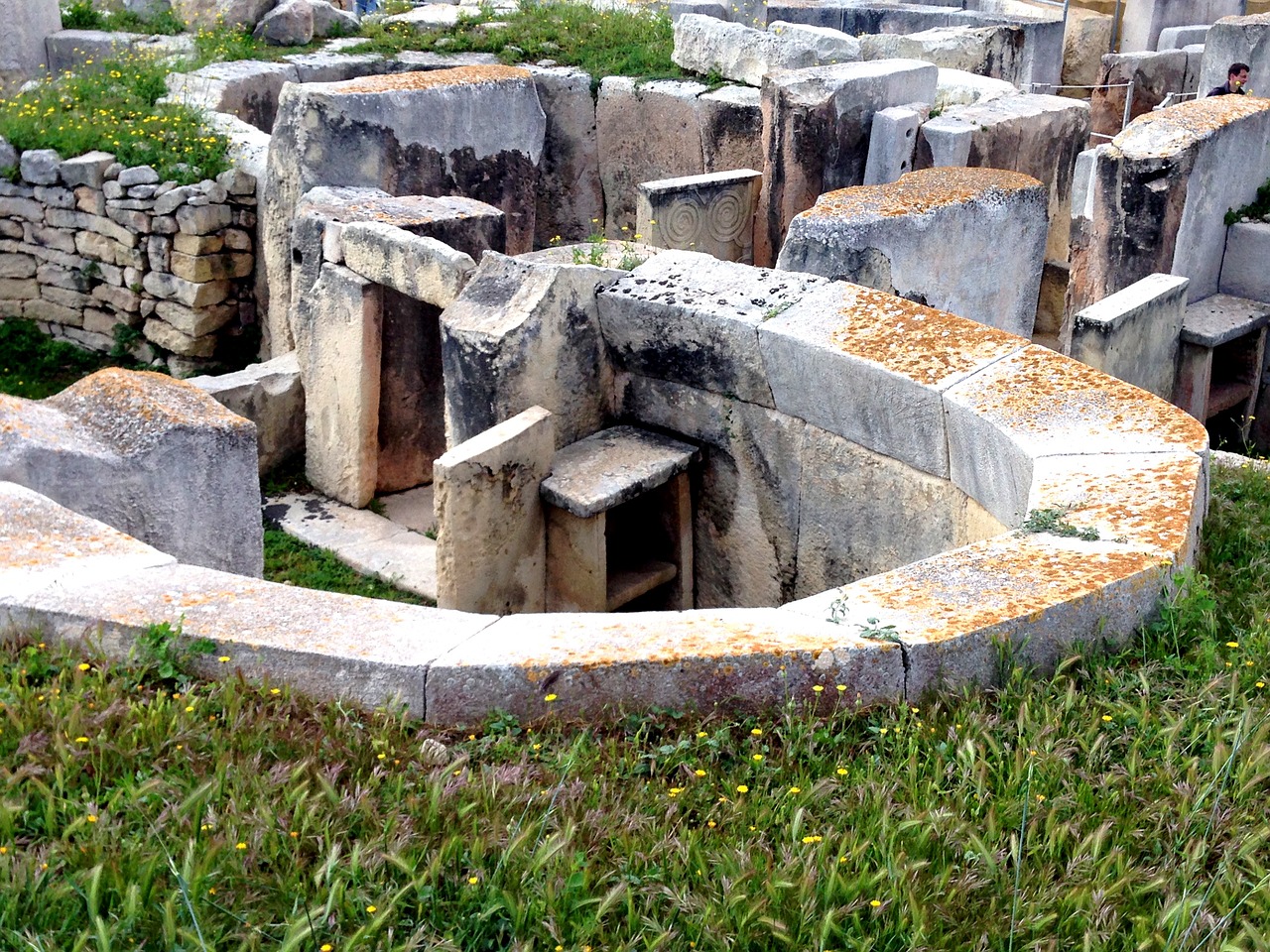
Sustainable Engineering Practices
Ancient civilizations have left a lasting legacy on modern engineering practices, inspiring sustainable solutions that continue to shape our world today. The concept of sustainable engineering practices, rooted in the wisdom of past cultures, emphasizes the importance of creating solutions that meet present needs without compromising the ability of future generations to meet their own needs. This approach mirrors the ethos of ancient civilizations like the Incas and Native Americans, who lived in harmony with their environments and developed innovative engineering solutions that stood the test of time.
One key aspect of sustainable engineering practices is the utilization of natural resources in a responsible manner. Ancient civilizations, such as the Incas, were masters at harnessing the power of nature to meet their needs. From utilizing natural materials like stone and wood for construction to implementing sophisticated irrigation systems that maximized water efficiency, these practices serve as a blueprint for modern engineers seeking environmentally friendly solutions.
Additionally, the concept of sustainable engineering extends to the design and construction of infrastructure that minimizes environmental impact. Ancient civilizations, like the Native Americans, built their settlements in harmony with the natural landscape, utilizing techniques that preserved the ecosystem and minimized disruption. This holistic approach to urban planning serves as a valuable lesson for contemporary engineers striving to create sustainable cities that prioritize both human well-being and environmental preservation.
Furthermore, sustainable engineering practices emphasize the importance of long-term durability and resilience in infrastructure projects. Drawing inspiration from ancient civilizations like the Mayans, who constructed enduring structures that have withstood the test of time, modern engineers are incorporating innovative materials and construction techniques to ensure the longevity of their creations. By learning from the past and adapting ancient wisdom to present challenges, engineers are able to design infrastructure that is not only functional but also sustainable in the face of evolving environmental conditions.
In conclusion, the legacy of ancient civilizations on modern engineering practices is profound, particularly in the realm of sustainable engineering. By embracing the principles of resource efficiency, environmental harmony, and long-term resilience embodied by past cultures, engineers are able to create innovative solutions that address the challenges of today while safeguarding the needs of future generations. Through a thoughtful integration of ancient wisdom and contemporary technology, sustainable engineering practices continue to drive progress and shape the future of our built environment.
Frequently Asked Questions
- What are some examples of innovative construction techniques used by ancient civilizations?
Ancient civilizations like the Romans and Egyptians utilized innovative construction techniques such as arches, domes, and concrete, which are still influential in modern engineering practices.
- How did ancient architectural designs influence modern building structures?
Ancient architectural designs from civilizations like the Greeks and Mayans influenced modern building structures through elements like columns, symmetry, and geometric patterns.
- What is the significance of ancient water management systems in modern engineering?
Ancient water management systems from civilizations like the Indus Valley and Mesopotamia laid the foundation for modern engineering practices related to irrigation, drainage, and flood control.
- How did ancient road and transportation networks impact modern infrastructure development?
Ancient road and transportation networks built by civilizations like the Incas and Persians influenced modern infrastructure development by setting precedents for efficient travel routes and connectivity.
- What role did ancient civilizations' astronomical knowledge play in modern engineering applications?
Ancient civilizations like the Babylonians and Chinese contributed to modern engineering applications through their astronomical knowledge, which aided in areas such as navigation and timekeeping.
- How do the urban planning principles of ancient civilizations affect contemporary city design?
The urban planning principles of ancient civilizations like the Romans and Egyptians impact contemporary city design by influencing aspects such as street layouts, public spaces, and zoning.
- What are some examples of sustainable engineering practices from ancient civilizations?
Ancient civilizations like the Incas and Native Americans practiced sustainable engineering through techniques such as terracing, water harvesting, and resource conservation, inspiring modern environmentally friendly solutions.









